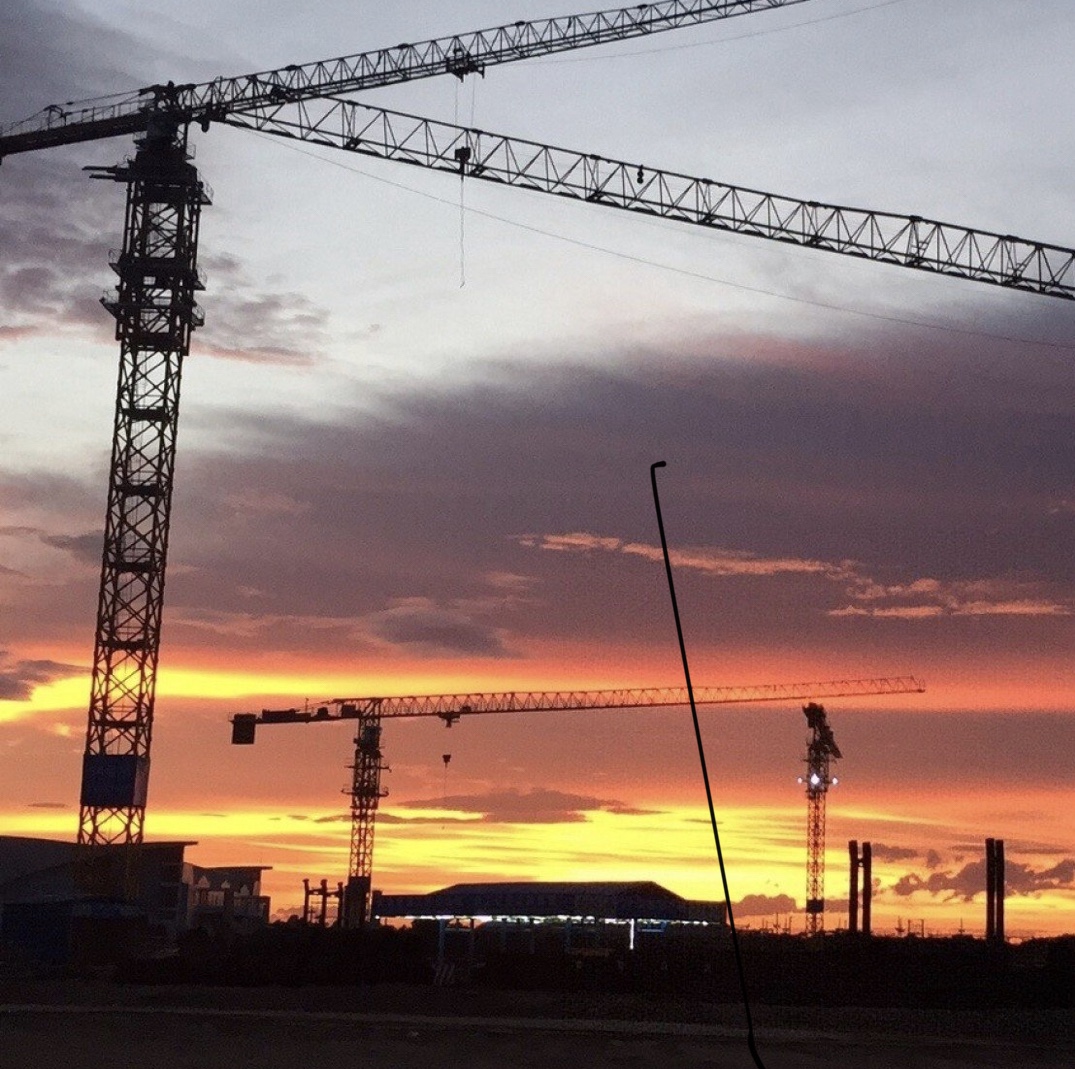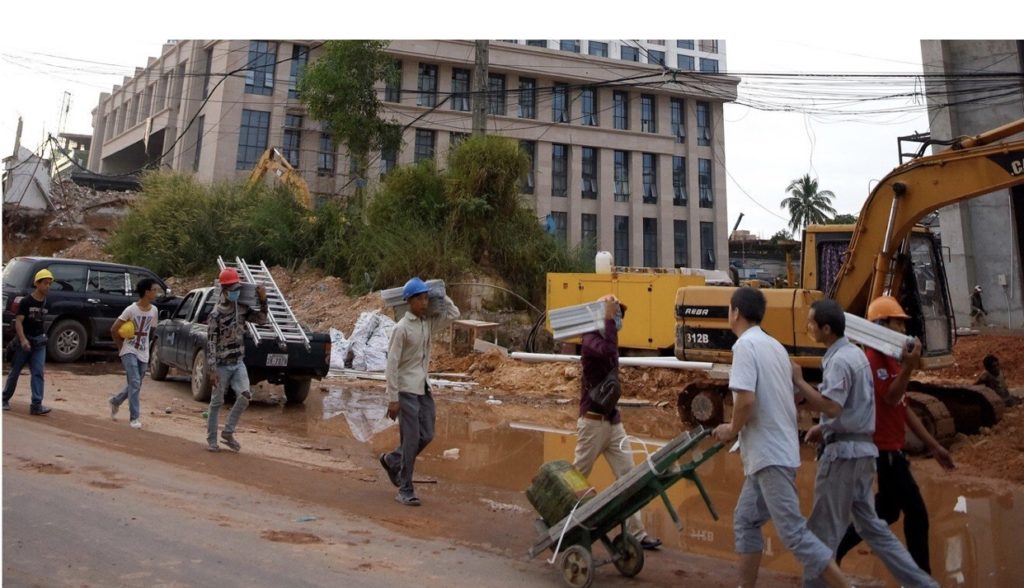Coronavirus: China’s belt and road plan may take a year to recover from slower trade, falling investment
South China Morning Post writes about the Covid-19 / Corona virus impact on the belt and riad plans. But also that trade with B&R partner countries might not be as badly affected as with countries elsewhere in the world.
In fact China’s trade with belt and road countries rose by 3.2 per cent in the January-March period, but second-quarter results will depend on how well they manage to contain the pathogen, academic says.

The coronavirus pandemic is set to cause a slump in Chinese investment in its signature Belt and Road Initiative and a dip in trade with partner countries that could take a year to overcome, analysts say. But the impact of the health crisis on China’s economic relations with nations involved in the ambitious infrastructure development programme might not be as great as on those that are not. China’s total foreign trade in the first quarter of 2020 fell by 6.4 per cent year on year, according to official figures from Beijing. Trade with the United States, Europe and Japan all dropped in the period, by 18.3, 10.4 and 8.1 per cent, respectively, the commerce ministry said.
By comparison, China’s trade with belt and road countries increased by 3.2 per cent in the first quarter, although the growth figure was lower than the 10.8 per cent reported for the whole of 2019. China’s trade with 56 belt and road countries – located across Africa, Asia, Europe and South America – accounts for about 30 per cent of its total annual volume, according to the commerce ministry.
Despite the first-quarter growth, Tong Jiadong, a professor of international trade at Nankai University in Tianjin, said he expected China’s trade with belt and road countries to fall by between 2 and 5 per cent this year.

His predictions are less gloomy than the 13 to 32 per cent contraction in global trade forecast for this year by the World Trade Organisation. “A drop in [China’s total] first-quarter trade was inevitable but it slowly started to recover as it resumed production, especially with Southeast Asian, Eastern European and Arab countries,” Tong said. “The second quarter will really depend on how the epidemic is contained in belt and road countries.”
Source: South China Morning Post
You must be logged in to post a comment.